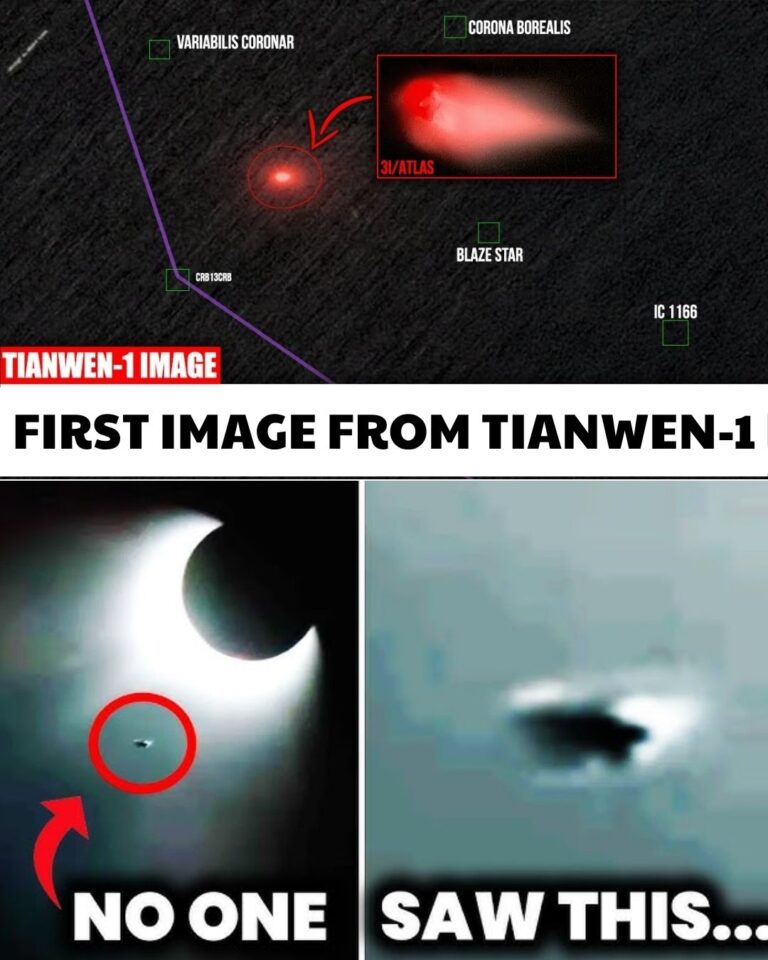In a stunning astronomical revelation, Harvard astrophysicist Avi Loeb has boldly suggested that the interstellar comet known as Three-Eye Atlas may host alien technology. This cataclysmic announcement emerges as researchers have detected signals from nine other objects trailing in the comet’s wake, signaling a vast cosmic mystery unfolding in real time. As the comet speeds through our solar system, it has become abundantly clear that Three-Eye Atlas is not behaving like any traditional comet known to science, raising urgent questions about its origin, composition, and potential implications for humanity’s understanding of our galactic neighborhood.

Three-Eye Atlas is a celestial interloper, the third confirmed interstellar object to enter our solar system, following the puzzling passage of Oumuamua in 2017 and comet Borisov in 2019. Astounding in its behavior, Three-Eye Atlas challenges the normal expectations of comets, which typically develop tails and warm as they approach the Sun. Instead, Atlas exhibits a peculiar pattern of movement, zooming through space at incredible speeds with a seemingly alien nature that has left scientists scrambling for answers. Loeb’s assertion hints at the possibility that this enigmatic object could be a remnant of advanced technology from another star system, piquing the imaginations of astronomers and enthusiasts alike.
From the moment astronomers set their scopes on Three-Eye Atlas, alarms were set off. The comet’s trajectory is unlike anything else in our solar system—it hurtles forward, with an index of speed and path that defies conventional gravitational expectations. Positioned at the forefront of this cosmic spectacle, scientists are now braced to observe how this remarkable object behaves, knowing it’s been shedding light on other planetary systems and their composition. Unlike Oumuamua, which was a fleeting ghost of the cosmos, Atlas is set to undergo a close approach to the Sun in late October 2025, granting astronomers a rare and invaluable opportunity to analyze its attributes in detail.
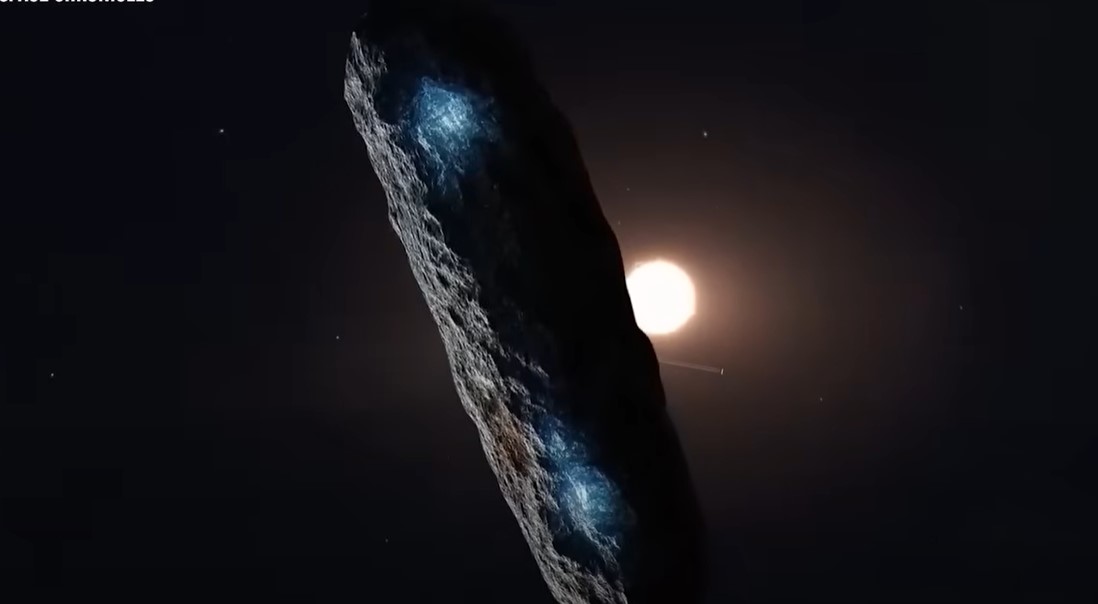
Among the striking characteristics of Atlas is its vibrant green glow—an unusual phenomenon that deviates from the standard coloration typically associated with comets. This glow, usually produced by C2 molecules breaking apart under sunlight, is not fully explained by current data; it raises puzzling questions about the makeup of the comet’s coma and the elusive gases present. In a shocking twist, telescope observations during a recent lunar eclipse showed Atlas shining more brightly than anticipated, with scientists speculating whether the comet could harbor undiscovered gas sources or new chemical reactions among its constituents.
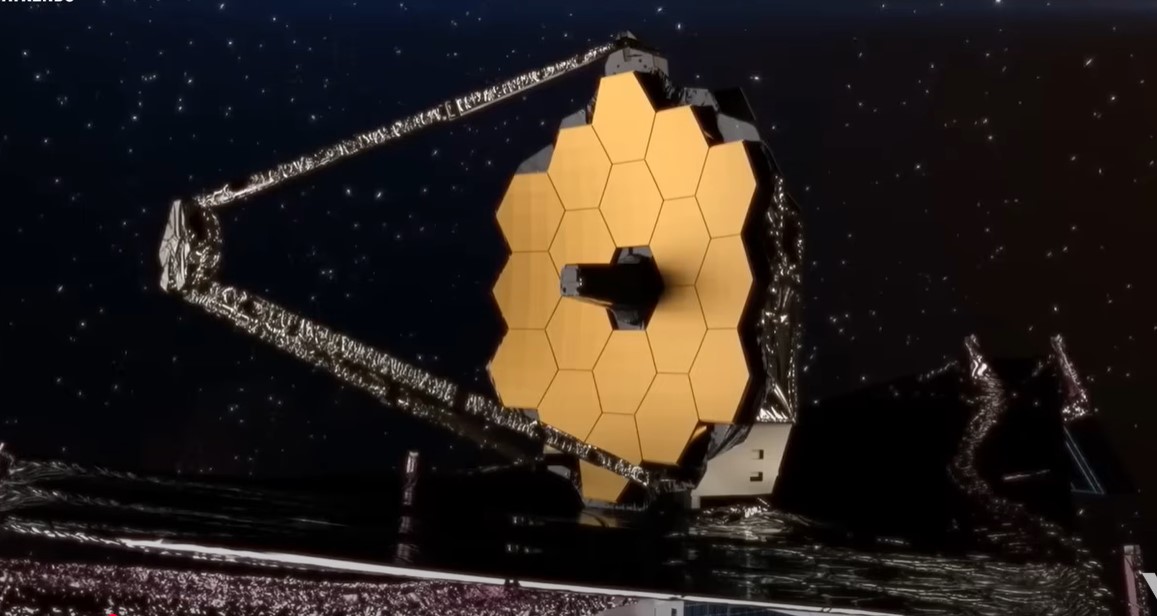
But the dramatic uniqueness of Three-Eye Atlas doesn’t end with its color; its chemical profile further solidifies the notion that it hails from an alien world. Cometary analysis reveals carbon dioxide as the predominant gas, sharply contrasting with the water-dominated ice that characterizes typical comets in our solar system. Such a chemical signature indicates that Atlas likely originated in a colder region around another star, supporting the theory that this comet represents a sample from an entirely different solar system. As researchers grapple with the implications of this, it crystallizes the idea that the architecture of our galaxy is more diverse than previously imagined.
Perhaps even more bewildering is the uncharacteristic behavior of light scattering off Atlas’s surface. Unlike its-known solar counterparts, this comet shows extreme negative polarization; something entirely unexpected. The light refracted by the dust surrounding Atlas implies the presence of unique properties, potentially hinting at extraterrestrial materials and miracle ice grains, leaving scientists in a whirl of speculation about what secrets this interstellar traveler could divulge.
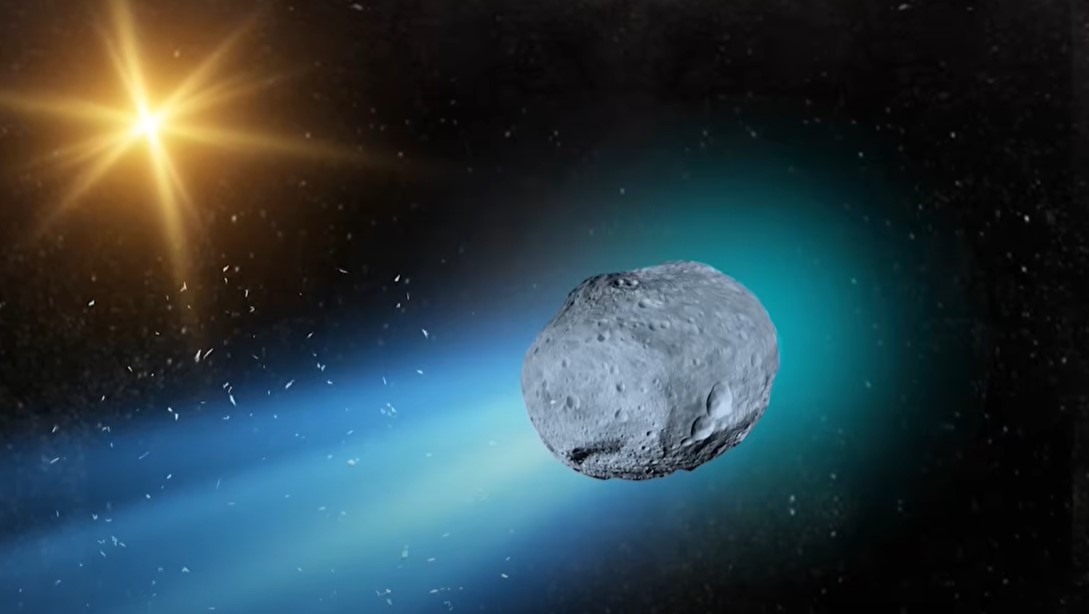
One of the most pressing questions tied to Three-Eye Atlas is the absence of the expected force normally exerted through cometary outgassing, which propels them through space. Atlas exhibits a near-perfect gravitational trajectory, as if it glides through the cosmos without the “push” seen in traditional comets. This anomaly has ignited heated debates among astronomers, with theories swirling about the mass of the comet. While some speculate about the potential for Atlas to harbor a massive nucleus, others hypothesize a unique form of gas venting that balances its thrust.
The debate over the true size of Atlas continues to escalate, as experts attempt to separate the glowing coma from the nucleus to determine its composition. The Hubble Space Telescope has set an upper limit of approximately 5.6 kilometers across, yet some astronomers argue this figure could drastically underestimate Atlas’s actual size. The very mystery of its size shapes theories about its behavior and the brightness it may exhibit as it approaches the Sun.
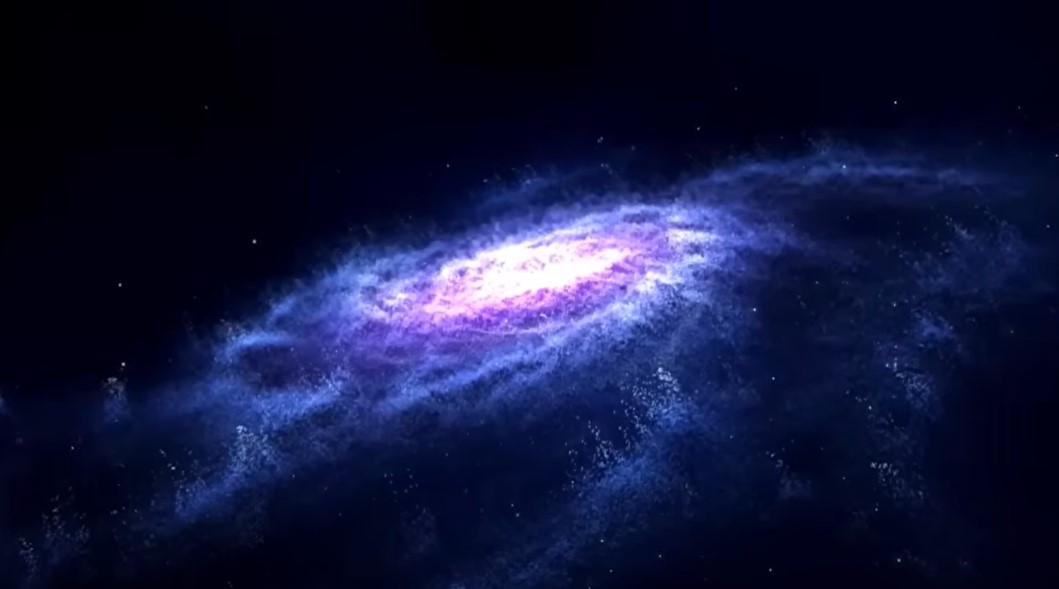
As Atlas races toward perihelion on October 29 and 30, 2025, it is poised to deliver even more breathtaking sights and valuable data for scientific inquiry. This close approach heralds a unique chance for astronomers to document how an interstellar comet reacts to solar heating and gather insights that could alter our comprehension of cosmic objects. The ongoing transformations in Atlas’s tail, visible from Earth, are a captivating reminder that this is no mere passive object—it is a dynamic participant in the celestial drama unfolding before our eyes.
The swift emergence of Three-Eye Atlas and its unusual companions has ignited essential discussions among scientists about the frequency and characteristics of interstellar visitors. Just in the past decade, we’ve gone from having no confirmed interstellar objects to now tracking three—with the concurrence of reports suggesting that many more are likely lurking unnoticed. This trend captures the imagination and translates into a burgeoning awareness of our cosmic setting. The galaxy is a theater of wonders, a swirling backdrop of shattered planetesimals, and frozen debris that extends far beyond our traditional perceptions.
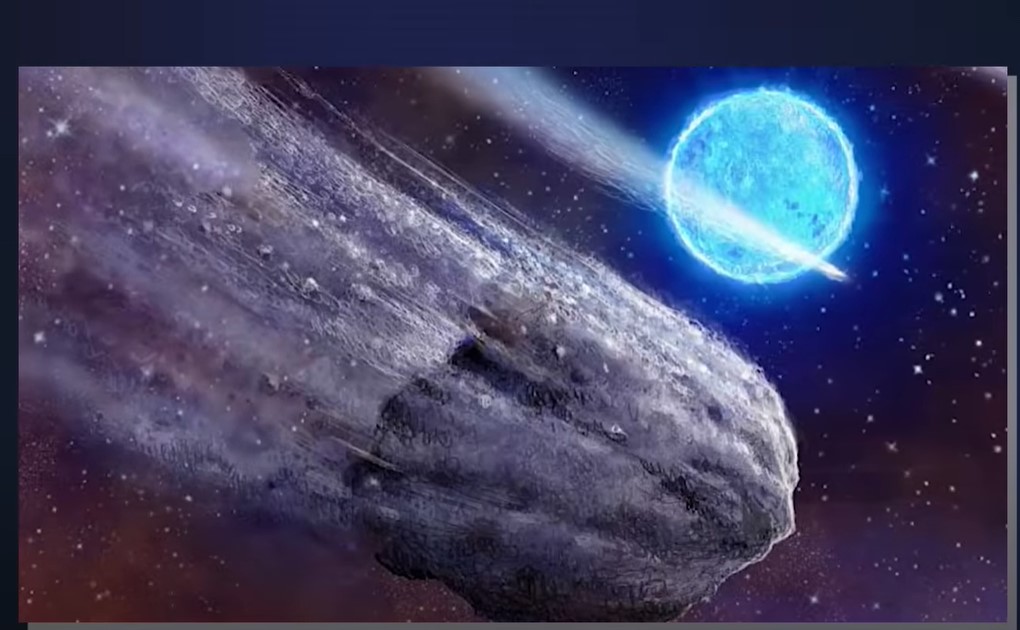
In light of these revelations, as we enter the final months leading to Atlas’ closest approach, the urgency grows. Are we standing on the brink of an exciting new chapter in the quest for knowledge regarding the universe and its many inhabitants? As scientists prepare their instruments and surveillance systems to record the captivating interactions of Atlas with the Sun, we are compelled to wonder what truths may emerge from this peculiar visitor.
In a world where the concepts of space and celestial bodies often feel abstract, Three-Eye Atlas serves as a vivid reminder of humanity’s place within the cosmos, urging us to question and explore—not only what exists beyond our world but the magnitude of the unknown that still awaits discovery. As our very understanding of comets and interstellar bodies shifts under the weight of this comet’s revelations, we stand on the edge of expanding our knowledge, grappling with the tantalizing thought of what more could lie in wait beyond the boundaries of our solar system. Prepare for the spectacle; the heavens are alive with mystery, and one of its most astonishing characters is set to appear before the world’s eyes.




